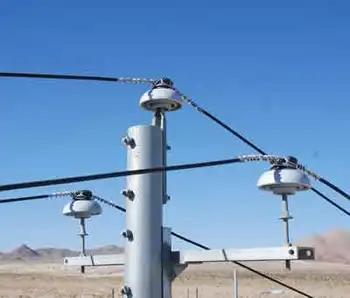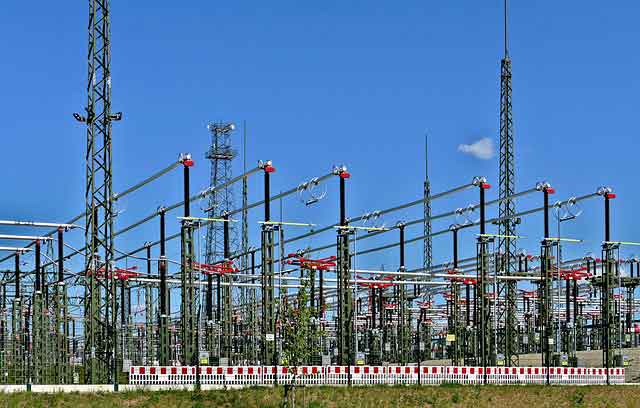Capacitor failure caused power dip, fire, but answers may take months
By Toronto Star
NFPA 70e Training - Arc Flash
Our customized live online or in‑person group training can be delivered to your staff at your location.

- Live Online
- 6 hours Instructor-led
- Group Training Available
The sudden, severe drop in power led to a major fire at the Richview Transformer Station in Etobicoke January 30.
The dip, which tripped about 1,500 megawatts of capacity for a fraction of a second, was felt throughout southern Ontario, all the way to the Quebec border and into New York and Michigan, a Hydro One official said.
Lights dimmed, traffic lights stopped working and clock radios started blinking.
The source was traced to a capacitor bank.
A capacitor, about the size of a bread box, regulates voltage, functioning in a fashion similar to a pump that controls water pressure.
There are hundreds of capacitors at the Richview station, and they are inter-connected to form a capacitor bank.
Hydro One doesn't know why the equipment failed.
The capacitor banks were fairly new, maybe four or five years old.
Months of analysis may be needed to find the answer.
What Hydro One knows for sure is that at 6:22 a.m., an operator at the Ontario Grid Control Centre in Barrie switched in a capacitor at the Richview station to increase voltage as people getting a start to their day increased their power usage.
As the capacitor switched in, it somehow failed.
The operator in Barrie received all kinds of alarms.
In the system, however, are breakers much like people have in their homes.
When a fault is sensed, the affected capacitor is immediately taken out of service and power is rerouted.
When that capacitor bank failed, it caused an electricity arc from the power system to the ground. The energy created by that arc blew apart the oil-laden capacitor banks, causing a large explosion and fire, officials said.
Energy Minister Dwight Duncan short-circuited any talk of potential for a major blackout.
"We have the most reliable system in North America. These things do happen," he said of the glitch.
"The system responded appropriately," the energy minister said.
Terry Young, a spokesperson with the Independent Electricity System Operator, which manages Ontario's electricity network, said that demand at the time was normal, noting that on one of the coldest days of the year, power demand was only at 23,100 megawatts.
For comparison, the peak demand last year occurred on Aug. 1 when demand surged to 27,005 megawatts of power.











